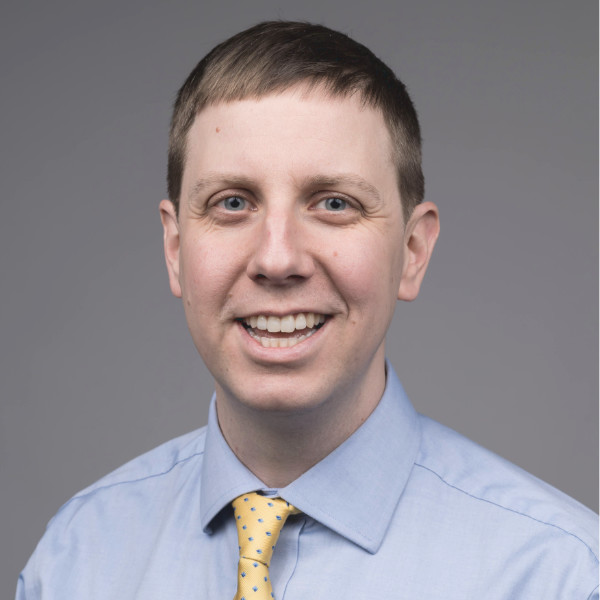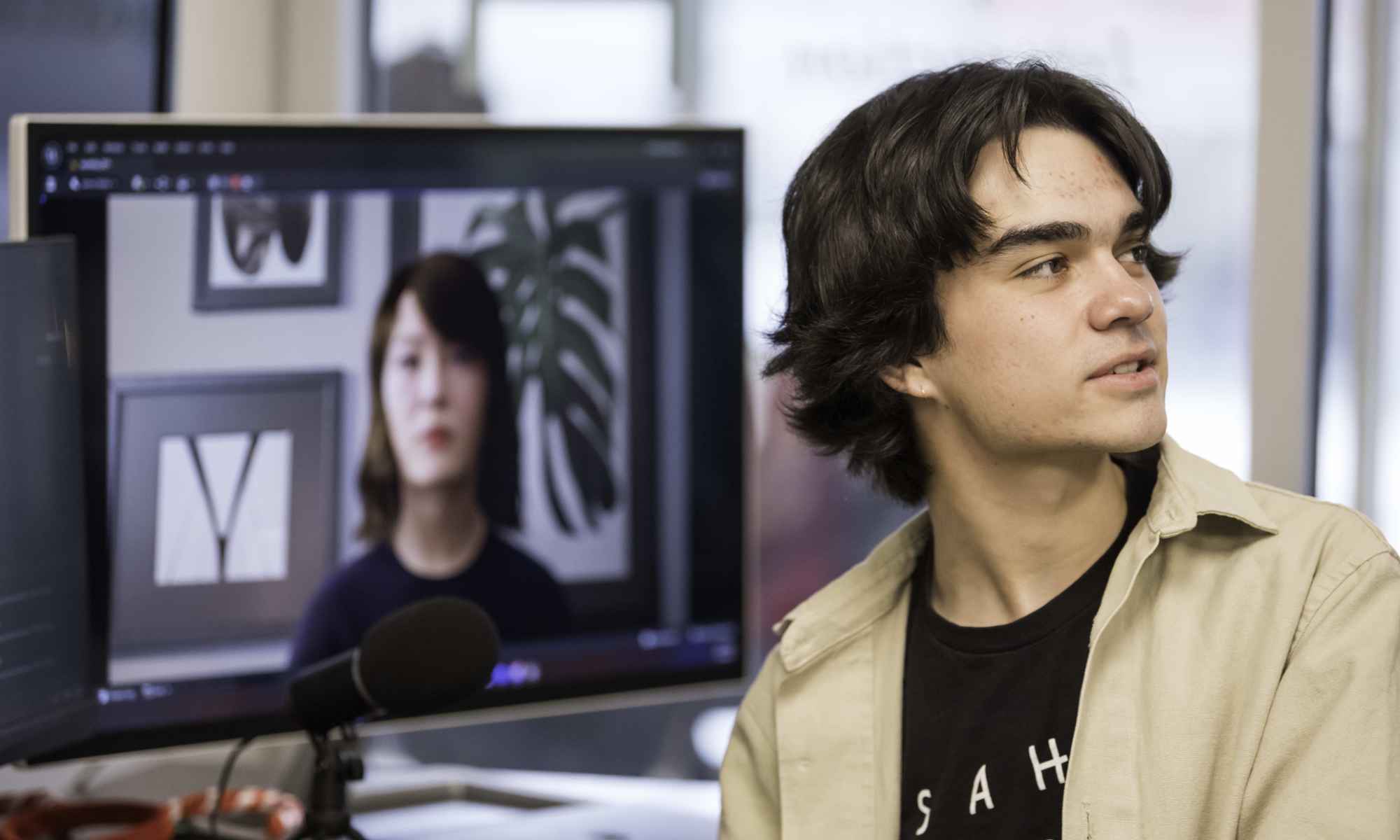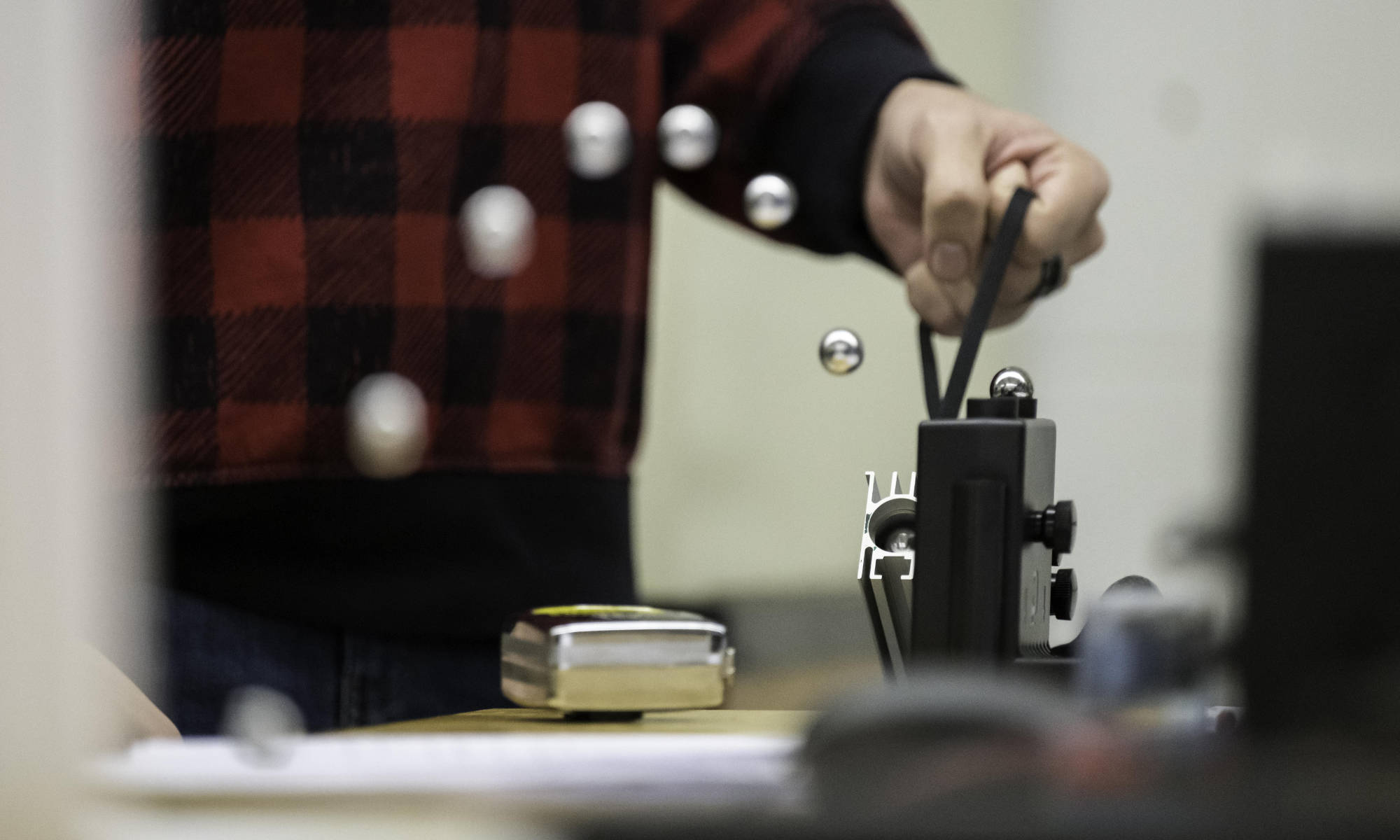Rochester students invent solutions for project sponsors ranging from major league sports teams to researchers in Costa Rica.
Days before they are set to present their final design to the University of Rochester community during Design Day, a team of senior biomedical engineering students tinkers with a small radio-controlled car they have tricked out to handle rough terrain, travel long distances, and carry flannel flags. For their senior design project, the team is creating a mobilized system to collect ticks in Costa Rica for further study by epidemiologists.
Design capstones like this one are a culminating experience for students in the Hajim School of Engineering & Applied Sciences. This year, 266 students are working on nearly 80 capstone projects, including 67 team projects and 12 individual theses. Clients who have presented the design capstone teams with problems have been providing input throughout the semester as the students work on solutions under the guidance of their faculty advisors.
In addition to providing hands-on opportunities to create something novel, the design projects offer opportunities for students to connect with potential employers, engage in global experiences, and conduct interdisciplinary research with collaborators from places like the University of Rochester Medical Center.
Collecting ticks in Costa Rica
The biomedical engineering team developed the tick collection system for Professor Timothy Dye, a medical anthropologist and social epidemiologist at the Medical Center, and Professor Adriana Troyo Rodríguez from the University of Costa Rica’s Center for Research in Tropical Diseases. The device is intended to overcome obstacles to studying tick-borne diseases.
“Currently there are very few tick collection solutions, and the most common one is flannel dragging,” says Rachelle Gomez-Guevara ’24. “The issue is that the technique is very labor intensive. You can imagine having to spend a lot of time bending down, and you might catch one or two ticks if you’re lucky. Our technique is less laborious and hopefully it will be more effective.”
Thanks to funding from Dye, two of the students were able to travel to Costa Rica to field test their design. The trip gave the group helpful feedback about their design and taught them valuable lessons about the design process.
“The most important thing I have learned is testing is essential. The math looks pretty, but can be very different from reality,” says Gomez-Guevara. “Costa Rica’s terrain is drastically different from Rochester’s, as you can imagine, and has a wide biodiversity. We went to different locations including a jungle and an area with tall grasses. Now we are modifying the device to better deal with the terrain we experienced.”
Analyzing energy transfer for the Houston Astros
Meanwhile, a mechanical engineering team has been working to help a Major League Baseball team understand the energy transfer between a baseball and a bat. Their advisor is physics alumnus JJ Ruby ’17 (MA), ’21 (PhD), the senior director of research and development for the Houston Astros and a visiting assistant professor for the Department of Mechanical Engineering.
The team is creating a device to launch balls at a speed ranging from 100 to 175 miles per hour to hit a half-inch radius target. The project, which will help Ruby study the inertial properties of bats, has posed an exciting challenge for the students.
“The baseball has a 500-pound force on the system as it’s rotating at these really fast speeds,” says Allison Thompson ’24. “Making a system that can handle those large forces yet have a high accuracy has been the hardest part.”
Thompson and her teammates each took turns as project manager, giving them leadership experience they can carry forward in their careers.
“The project sets up in a way that’s really similar to real-world experience,” says Thompson. “We have weekly meetings, we have deadlines we have to hit, and all of the designs are our own. We just go to the professor for help to make sure that it’s physically going to work and we’re doing the analysis properly. But we all have to own a part of this machine and we have to be confident that it’s going to work.”
Exploring trends in pregnancy episodes
Although design capstone projects have been a mainstay in undergraduate engineering programs, students in data science and the Medical Technology and Innovation master’s degree programs participate in design capstones as well.
Four data science undergraduate and graduate students worked with the School of Nursing to leverage a diverse health dataset funded by the National Institutes of Health called the All of Us Researcher Hub. With guidance from Caitlin Dreisbach, an assistant professor at the school with an affiliation in the Goergen Institute for Data Science, the group is developing algorithms to study trends in the start dates, end dates, and outcomes of pregnancies.
“By doing this, we’re going to increase the opportunities for reproductive health research, both within the workbench and hopefully even beyond,” says Dreisbach.
The project is intended to reveal discrepancies in pregnancy outcomes among underrepresented populations. The students are excited about applying the skills they developed in the classroom in ways that can make a meaningful impact.
“We’re able to take these general principles and skills that we’ve developed in the data science program and we’re finding a great real-world example,” says master’s student Tyler Walton ’24. “We can see specifically what the cutting-edge of the research in that field is and how we can leverage more data-driven decision making and data science principles.”




